Simon Marks, aged 37, thought he had accidentally driven onto a flowerbed when his car’s wheels got stuck in a hole. As he surveyed the damage to his vehicle, he couldn’t help but think, “Well, this day couldn’t get any worse.” But then, as he prepared to inspect the damage further, he heard a sickening sound that made his heart race. What on earth was that?
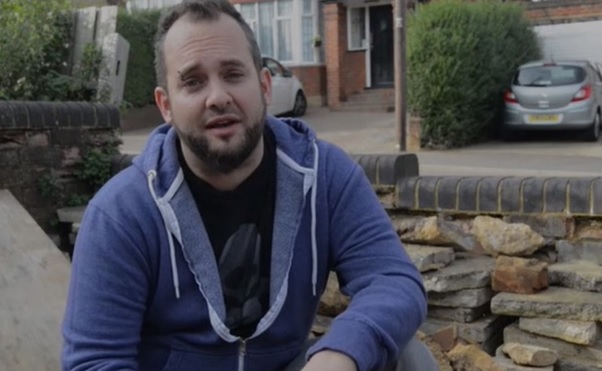
Kneeling down for a closer look, Simon noticed that the pavers of the driveway had cracked, and then, right in front of him, the driveway began to collapse. The cracking continued with an eerie sound, revealing a surprising discovery.
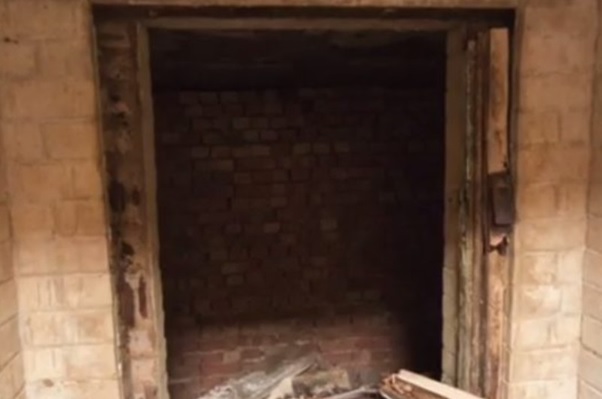
The soil gave way easily, revealing a piece of metal beneath. Simon uncovered it with his bare hands, struggling to grip it and pull with all his strength, but to no avail. Determined, he decided to uncover as much as possible to unravel the mystery surrounding the object.
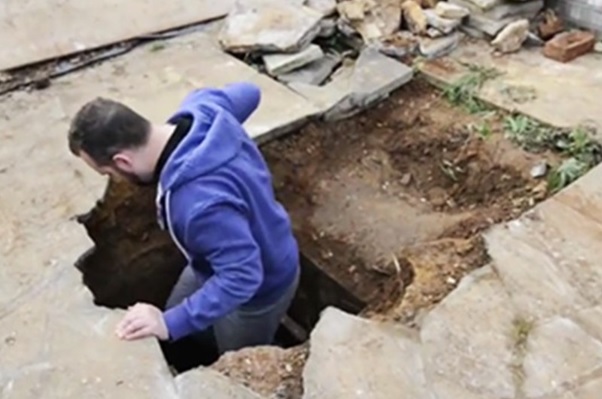
Seeking assistance, Simon called his father, and together they removed buckets of densely-packed mud. Eventually, they discovered an opening and descended a rusty old ladder to investigate the hole in the ground.
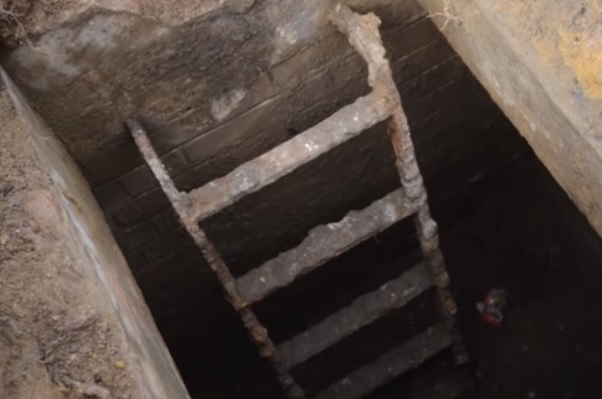
“My dad saw it and immediately identified it as an air raid shelter,” Simon recounted. “We searched online and discovered that there are quite a few in this area.” Further investigation revealed that the shelter had been built during World War II. “The previous owner must have been aware of its existence when he built the house and landscaped the garden… he likely filled it in,” Simon explained to reporters.
During World War II, Sir John Anderson was tasked with devising a strategy to protect citizens from bombings. His solution was to construct these underground shelters.
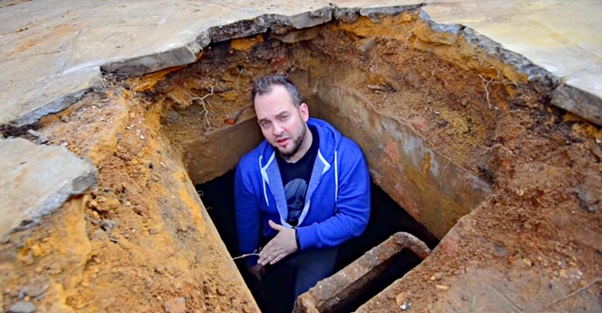
“One of the walls has been bricked up. I’m 90 percent sure we won’t discover any additional rooms, but we can’t be certain. Perhaps one of the walls was bricked up during construction to accommodate the foundations,” Simon speculated. “If that’s the case, we’ll have to leave it as is,” he concluded. However, it wasn’t long before news of the discovery spread.
Simon and his father plan to restore the shelter and preserve it, hoping that one day it will be recognized as an important historical monument. They believe that although the war has ended, its memory should not fade. They envision this physical remnant of challenging times as a place where people can visit and gain insight into history. Watch the shelter tour here: